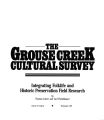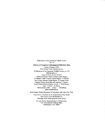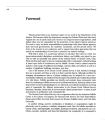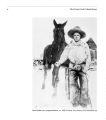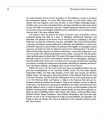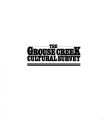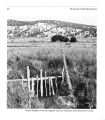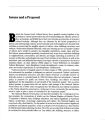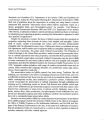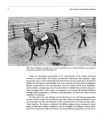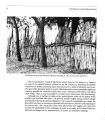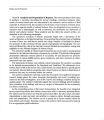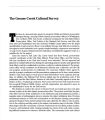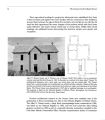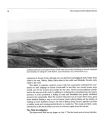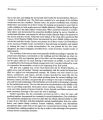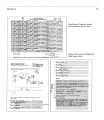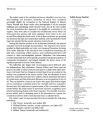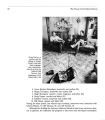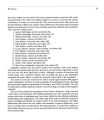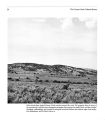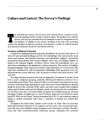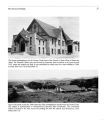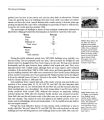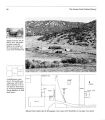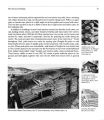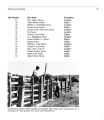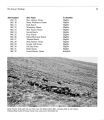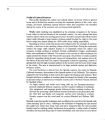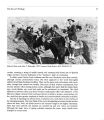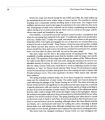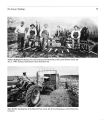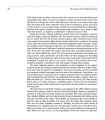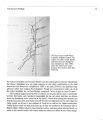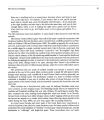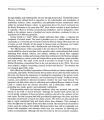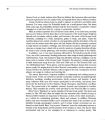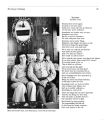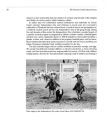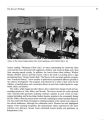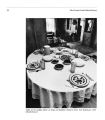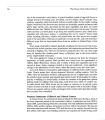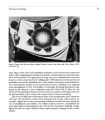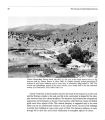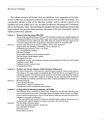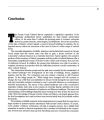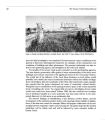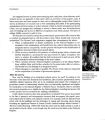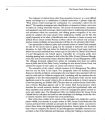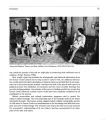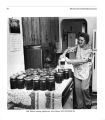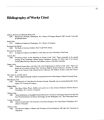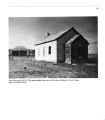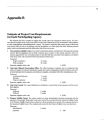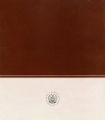| OCR Text |
Show The Survey 13 Preliminary Research and a Plan for Fieldwork After archival research and a preliminary visit to Grouse Creek, Carter assembled an overview of the community's history; a summary of previous research pertaining to the area; a listing of expected property types; a demographic profile to establish a cross-section of the population for interviewing; a checklist of expected folklife genres; and a draft of the summary statements of historic and cultural context. He also developed a work schedule and made final local arrangements for the survey team. The archival research did not produce a wealth of information. Grouse Creek is encountered rarely in the written record, consuming only a few pages in the general histories of Box Elder County. The most valuable source was an extensive oral history compiled during 1973-76 by Jay Haymond of the Utah State Historical Society and Verna Kimber Richardson, a former Grouse Creek resident now living in Bountiful, Utah. Additional insight into the town's history was gleaned from the census records, the cadastral maps at the Bureau of Land Management, and preliminary field visits by Carter and others in April and May. During these visits researchers informally interviewed the postmaster and various people at the store, photographed particularly eyecatching sites, and documented several log buildings. The entire phase occupied about ten working days, most of which fell during the two-week period prior to the field survey. The broad overview offered by the archival research begins with a thumbnail description of prehistory and a glimpse of the arriving Mormon settlers. Grouse Creek's first inhabitants were the Archaic and Fremont peoples that occupied much of the Great Basin country between 7000 B.C. and A.D. 1400. By the twelfth century, bands of Northern Shoshone began to appear in the valley, attracted by abundant game and stands of pinon pine, the source of the sweet nuts that were so important to the nomadic diet. These Numic-speaking peoples were annual visitors to Grouse Creek, and after 1875 found themselves sharing the valley with members of the Church of Jesus Christ of Latter-day Saints, the Mormons. The area was attractive to the Mormons because of its good livestock range and the general availability of land. Cattle ranching became the chief occupation, and as white settlement became established, the Northern Shoshone were forced onto the government reservation near Blackfoot, Idaho. The Mormon population was and remains relatively homogeneous. Virtually all Grouse Creek settlers were American or English members of the Latter-day Saint church. In 1900 the population was 278; after reaching a high of 337 in 1920, the community remained relatively stable through the 1940s. After World War II, however, out-migration began and in 1985 there were only about one hundred people living in thirty-five households. These figures meant that the cross-section to be interviewed during the first phase of the folklife field investigation could be relatively small; ten individuals would represent 10 percent of the population. The lack of ethnic, occupational, or religious diversity meant that the population "types" to be sampled were few. |





